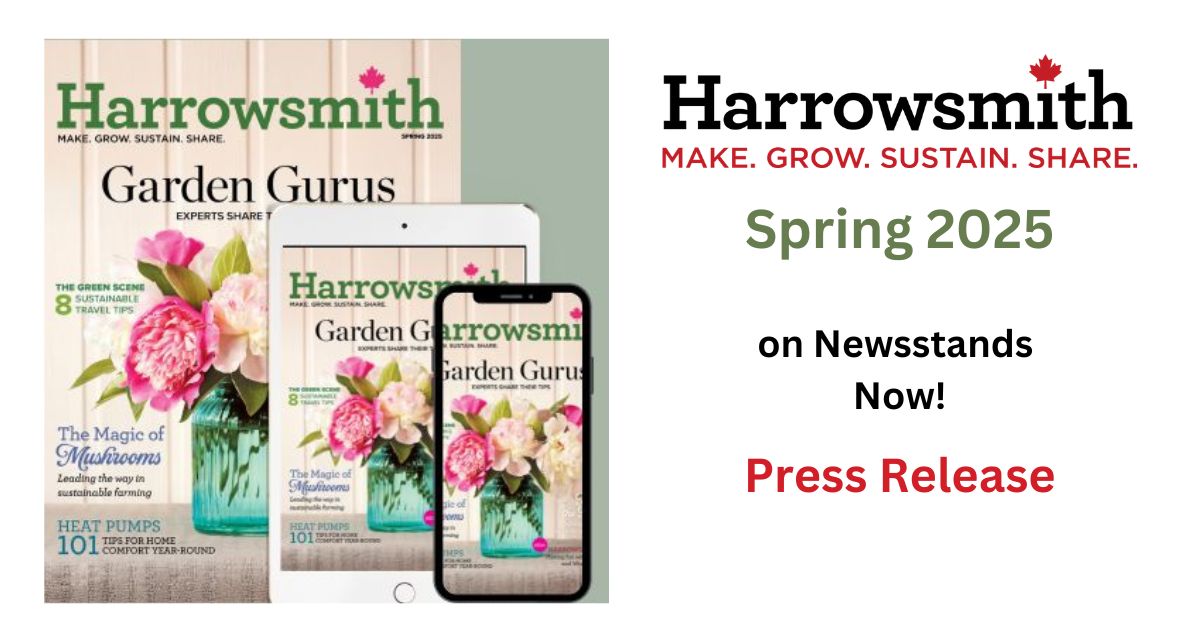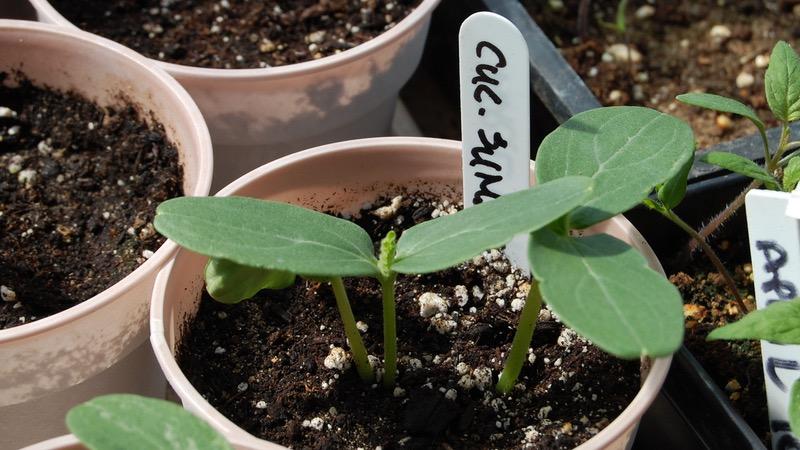You live with a balcony, patio or yard and you are thinking about how you can do something interesting with it. The decline of the honeybee and monarch butterfly populations has your attention. What if I planted something that helped to attract and nurture the beneficial insects in my neighbourhood, provided natural beauty and colour and was low maintenance, you ask?
My response: What if you planted native plants in your available garden spaces? You would provide a source of nourishment for pollinators while enhancing the local environment in measurable ways, and you could have a beautiful, low-maintenance garden.
Living in Canada, we are fortunate to have access to a wide variety of native species that produce beautiful, long-lasting blooms and that have the ability to withstand the unique winter weather we experience here.
Why choose native species? Planting native species is not just a new trend, though, as the popularity of native plants continues to grow each season. There are a host of reasons why choosing native species makes sense.
They don’t become invasive. In recent years, invasive plant species have been heard about all too frequently. Some of these plants were brought here accidentally, but many were brought here or to the United States on purpose as novelty plants and exotic additions to gardens. Purple loosestrife, kudzu, dog-strangling vine, garlic mustard and giant hogweed are but a few of the invasive species that are threatening Canadian forests and wetlands.
Native species attract numerous pollinators. They are generally more resistant to disease and insects than non-natives—they know the territory. That is to say, native species react better to the unique climate that we experience here: the rapid dips and spikes in temperature, the available moisture during the spring and summer, and the length of our winter. You could say that true native species have been genetically programmed to grow well here.
Mark’s top 10 native plants
I plant and grow a number of native species on my property for so many reasons. They look great, they attract pollinators, they can withstand some neglect and they promote a healthy diversity in my garden, plus they don’t become weedy pests. Here are 10 native species that I recommend.
For sun
1. Bee balm (Monarda fistulosa)
Light purple to red flowers from June to September. Very attractive to honeybees, and native bees and hummingbirds just love them. Hardy to Zones 3 to 9.

2. Black-eyed Susan (Rudbeckia hirta)
Bright yellow flowers with black button centres from July to October. Perhaps the perennial with the longest blooming period of them all. I recommend rudbeckia for mid- to late-season colour. Hardy to Zones 4 to 10.

3. False sunflower (Heliopsis helianthoides)
Deep yellow flowers with variegated leaves. Flowers from June to September. Grows to 90 cm (35 inches) in height and 60 cm (24 inches) in width. A great garden performer that provides drama in the perennial garden. Zones 3 to 9.
4. Giant hyssop (Agastache foeniculum)
Purplish blue flowers with green foliage. Blooms for up to six weeks! Flowers from July to September. Resistant to deer and rabbits. Very winter hardy. Zones 2 to 9.
5. Joe-pye weed (Eupatorium purpureum)
Airy, spherical flowers that can be pink or purple, blooming from July to August. Grows two metres (6.6 feet) tall and 1.2 metres (four feet) wide. Works in a wide variety of soils and does well in sun or partial shade. Hardy to Zones 3 to 9.
6. Swamp rose mallow (Hibiscus moscheutos)
Large white to deep pink flowers that bloom from July to September. A fairly large plant, reaching two metres (6.6 feet) in height and 1.5 metres (five feet) in width. Needs full sun and can work well in a range of soil conditions. Hardy to Zones 4 to 9.
For shade & part-shade
7. Solomon’s seal (Polygonatum biflorum)
A real winner in the shade, with drooping white bell flowers in June and July. Great woodland plant. Hardy to Zones 2 to 9.
8. Wild ginger (Asarum canadense)
Produces reddish brown flowers in May and July and works well in almost any soil type. A wonderful woodland ground cover. Hardy to Zones 3 to 9.
9. Canada lily (Lilium canadense)
A beautiful, downward-facing lily with flower colours ranging from yellow to red, and some may be spotted. Blooms from June to July. Hardy to Zones 4 to 9.
10. Columbine (Aguilegia canadensis)
Small orange-red flower with fernlike foliage blooming from May to July. Sun to partial shade. Does well in most soil types. Hardy to Zones 2 to 9.
11. Foxglove beardtongue (Penstemon digitalis)
White, bell-shaped flowers with green to deep purple foliage. About a metre (3.3 feet) tall and blooms from June to July. Hardy to Zones 3 to 9.
12. Great blue lobelia (Lobelia siphilitica)
Blooms from July to September, or August to October, depending on weather conditions, with bluish purple flowers. This plant works well in moist soils. Hardy to Zones 4 to 9.
Trees
13. Bur oak (Quercus macrocarpa)
A tall, slow-growing tree that is fairly narrow. Green foliage turns yellow in the fall. Hardy to Zones 2 to 9.
14. Honey locust (Gleditsia triacanthos)
Finely textured leaves on a relatively short tree. Green foliage turns yellow in the fall. If you have young children around, look for the thornless variety. Hardy to Zones 4 to 9.
15. Red maple (Acer rubrum)
A globe-shaped tree with a brilliant array of foliage colour: green in the spring and summer, turning various shades of red and orange into the fall. Zones 3 to 9.
16. White pine (Pinus strobus)
Ontario’s official tree. A fast-growing conifer with light green needles. Perfect for sandy soils in Zones 3 to 9.
Songbirds
While you’re planting native species, why not plan on attracting native birds while you’re at it? The flowers and trees you are planting are a great way to start. Adding birdhouses and feeders with the right seed is the next step. It takes about one spring/summer season for the birds to really get used to this hot, new hangout where food and shelter are continuously provided.
Attracting other wildlife will also come with time. Bee presence will increase dramatically with the accessibility of pollen-producing flowers. Bee balm is especially great for this, as it tends to grow in clusters, which makes feeding and pollen gathering a cinch for any bee. One plant that is great for attracting butterflies, especially the monarch, is milkweed. This native perennial is the only plant that these picky-eater caterpillars will enjoy. They also use the plant for laying eggs and pupating.
If it’s hummingbirds you’re looking to attract, in addition to bee balm and giant blue hyssop, try any of these species we mentioned.
Mark Cullen is an expert gardener, author, broadcaster and tree advocate
and holds the Order of Canada. His son, Ben, is a fourth-generation
urban gardener and a graduate of the University of Guelph and Dalhousie
University in Halifax. Follow them at markcullen.com, @MarkCullen4
(Twitter) and @markcullengardening (Facebook) and look for their latest book, Escape to Reality.
Follow them at markcullen.com, @MarkCullen4, facebook.com/markcullengardening and biweekly on Global TV’s national morning show, The Morning Show.













